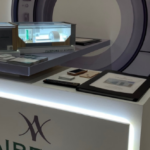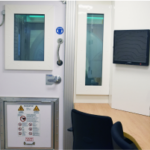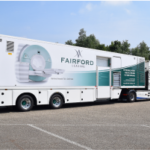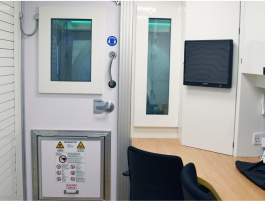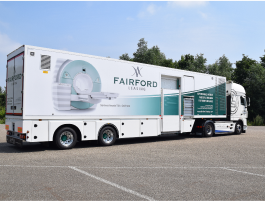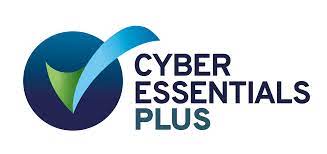From X-Rays and CT scans to ultrasound and MRI, medical imaging takes the centre stage in the modern healthcare landscape; the role it plays in the diagnosis and treatment of a wide variety of illnesses and injuries making it hard to imagine a time in which we weren’t reliant on such technology for clinical analysis and medical intervention.
Of course, modalities such as the X-Ray aren’t solely used for visual representations of the human body. In veterinary practice, medical imaging modalities are frequently used on people’s pets to diagnose an ailment or get a full scope of the impact of an injury.
Just as in human medical imaging, the major benefit is the non-invasive nature of such processes, meaning no incision is necessary to produce an image of your pet. As such, medical imaging is a low-risk way to gain insight into the health of an animal in order to make quick and accurate diagnoses and begin the right course of treatment. But what are the key differences between the practice of radiology for humans and pets?
To the untrained eye, it may seem like the processes used are identical – however, while veterinary professionals may rely on the same technologies for visual representations of an animal’s body, the setting used on the machines and the approach in both diagnosis and treatment differ greatly for pets than they do patients.
When a pet requires an X-Ray to get a closer look at the health issues they are facing, veterinarians must be familiar with tissue density of different animals in order to determine the kilovoltage settings of the machine. A higher kilovoltage number will produce more beams and should be used for thicker animals – even a small change in number can affect the visual appearance of the final image.
One interesting difference between animal imaging and human imaging is that much less is known about animal anatomy in many species. While the anatomy of animals and humans is somewhat similar, human anatomy has been studied much more thoroughly; the science of identifying abnormalities has arguably benefited from greater research.
The difference with regard to interpreting medical and animal imaging is that vets are not trained to read human X-Rays and vice versa. Vets will be qualified to read and interpret images of animals; they should be familiar with the complexities and wide variety of common issues these animals may experience – a veterinarian is not qualified to read X-Rays, Ultrasounds, MRIs or CT scans of humans in a hospital since their expertise lies solely in the conditions faced by animals.
Another key difference is that while humans can be told by radiologists to lay still in an MRI or CT, it’s not easy to get an animal to be still when having their scan – it is, after all, a wholly unfamiliar process to an animal and anaesthesia is almost always needed for CT and MRI examinations to ensure a clear image can be acquired. While most X-Ray and ultrasound procedures will not require sedation unless the animal is in pain and such options make the animal more comfortable, animals who need MRI and CT scans to get to the bottom of a health condition will usually require sedation of some form.
Thanks to recent developments, newer CT scanners can obtain images a lot more quickly than older incarnations of this modality – however, your radiologist will let you know if they believe sedation or anaesthesia is still necessary for the procedure depending on the individual circumstances.
Fairford Veterinary is a new division of Fairford Medical that focuses solely on meeting the complex needs veterinary practices with regard to imaging modalities. We rent and sell refurbished static and mobile ultrasounds and CT scanners to vet practices and regularly assist these practices with bespoke solutions that reflect their requirements.
We work with our partners Health Imaging Solutions in order to help you with the entire project, assisting on the building and complete project management from initial room layout drawings through to the installation and maintenance later down the line. To find out how we could help you, get in touch with our veterinary imaging team today on 0207 317 3000 or write to us at info@fairfordveterinary.com.


